In November of 2021, Myprotein teamed up with world-class strongman Eddie Hall to bring some world-class full-strength supplements. They've launched with two supplements, the first being the Eddie Hall version of Myprotein's The Pre Workout (which you can compare against the original The Pre Workout) and Eddie Hall's The All-in-One Protein.
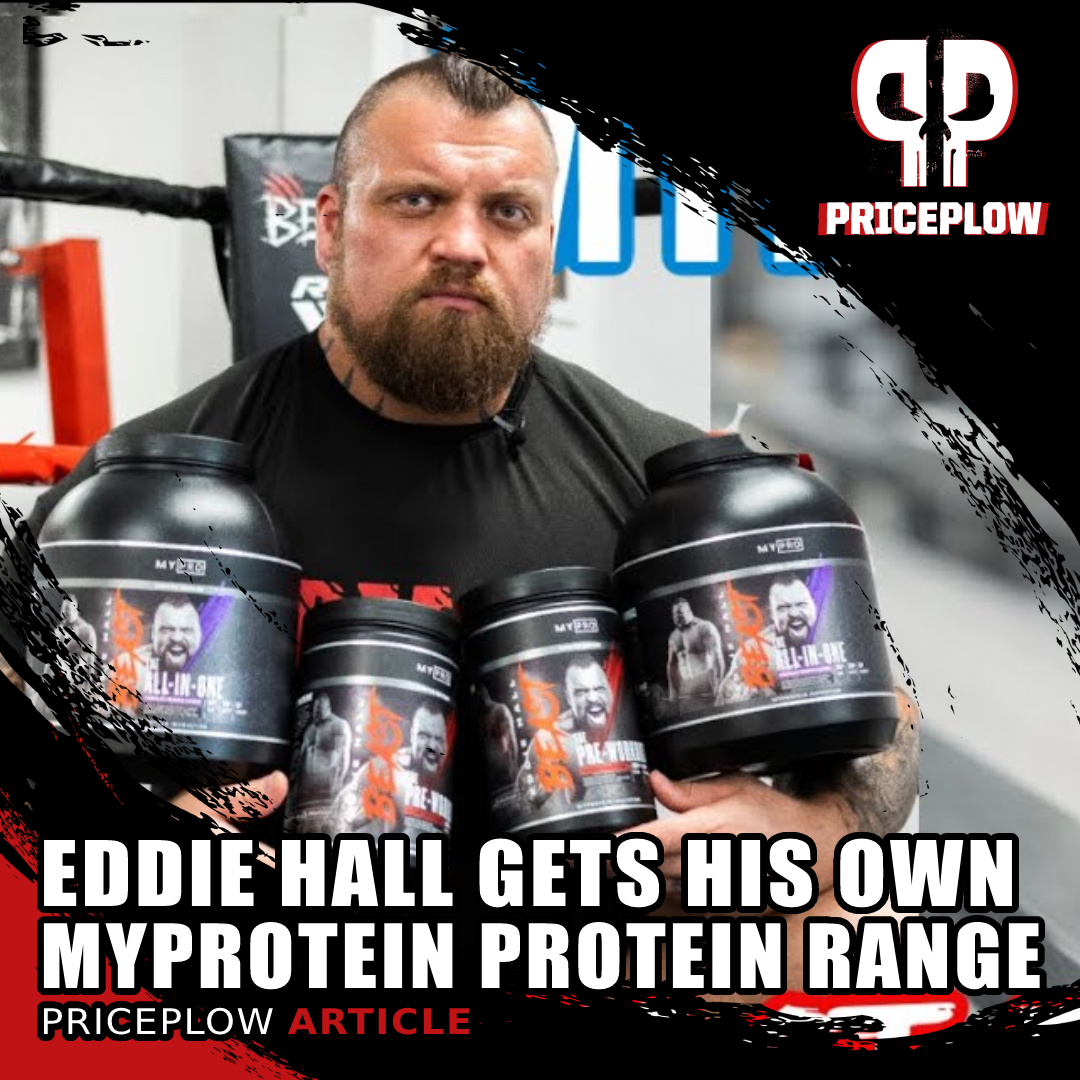
World's Strongest Man Eddie Hall gets his own range at Myprotein, starting with the All-in-One Protein for serious recovery!
All-in-One Protein: Tri-Protein Blend, Carbs, and Recovery Add-Ons
Eddie Hall 's All-in-One formula brings a tri-whey protein blend, a 2:1 carb-to-protein ratio (using both fast and slow carbs), added electrolytes, some additional creatine and HMB, and some extra glutamine for more recovery.
After all, even the first man to lift half a ton of weight off the floor (first 500kg deadlift) needs to recover - and this, plus an epic diet, is how that's done. We've got the scoop below, after you take a look at our coupon-powered prices for MyproteinUS in America:
Myprotein THE All-In-One – Deals and Price Drop Alerts
Get Price Alerts
No spam, no scams.
Disclosure: PricePlow relies on pricing from stores with which we have a business relationship. We work hard to keep pricing current, but you may find a better offer.
Posts are sponsored in part by the retailers and/or brands listed on this page.
This area is reserved for Team PricePlow's upcoming Product Review video.
Subscribe to our channel and sign up for notifications so you catch it when it goes live!
Eddie Hall's The All-in-One Protein Macros
In two scoops (93 grams), you get the following nutrition:
-
Calories: 320
-
Protein: 25g
-
Total Fat: 3g
-
Saturated Fat: 0g
-
-
Total Carbohydrate: 45g
-
Dietary Fiber: 3g
-
Total Sugars: 20g
-
As you can see, this is a very low-fat supplement that's meant for high-protein, high-carb dieters like Hall himself. No doubt, if you want to perform even 1/10th of the feats that Hall can, a high-protein diet will be key to your health, strength, and even better body composition.[1-5] Meanwhile, when performing high-intensity exercises that rely on fast-twitch muscle fibers, carbohydrate availability and glycogen storage is key to maintaining high levels of strength and power.[6-9]
Point being, these macros make more than enough sense given the athlete and his demographic. But what's even better is how they did it, using quality proteins, fast and slow carbohydrate sources, beneficial amino acids, ergogenic muscle builders, plenty of vitamins, minerals, and digestive enzymes to make sure you can absorb as much as possible.
Let's see how they broke it down below:
Eddie Hall's The All-in-One Protein Ingredients
-
Protein Sources
In the label, we see a blend of whey protein isolate followed by whey protein concentrate. It's also worth noting that the oat flour will also add a dash of protein.
In general, whey protein has been soundly demonstrated to improve body composition and strength in both men and women, especially as part of a solid training and diet regimen.[10-13] Here, we have a blend of two types:
-
Whey protein isolate
The whey protein isolate (WPI) portion of the label is the predominant one, giving a very clean material that's 90% protein in terms of weight.[14] It's gone through a few phases of filtration ("isolation") to remove the vast majority of fat, sugar, and other impurities, keeping our label relatively honest. In addition, whey protein isolate scores incredibly well in numerous metrics like biological value, digestibility, net protein utilization, and protein efficiency ratio.[15]
-
Whey protein concentrate
The whey protein concentrate (WPC) portion is similar to above, but with less filtration. As opposed to whey protein isolate's 90% protein by weight, WPC can be anywhere from 34-80% protein by weight. This means that it may still have a bit more fat and milk sugars (lactose), but is also less expensive and has more health-beneficial components inside such as lactoferrin, immunoglobulins, and lactoglobulins.[16,17]
-
Hydrolyzed whey protein
Lower on the label, we also have hydrolyzed whey protein, which indicates a type of whey that's already been broken down by enzymes. This process leaves shorter amino acid chains that are faster and easier to digest and absorb.[18]
We've covered hydrolyzed whey protein in our recent article on Myprotein The Whey and our numerous articles on Myprotein Clear Whey Isolate, but the key takeaways are that the increased speed helps with an even faster insulin response[19] for quicker glycogen reload,[20] leading to speedier recovery.[21]
Again, remember there's probably a few grams of protein from the oat flour as well.
-
-
Carbohydrate Sources
-
Dextrose
Fructose reloads liver glycogen, but dextrose/glucose reload muscle glycogen. So why waste time with fructose or sucrose (which is half fructose)? Cut to the chase with straight up dextrose![22]
Dextrose is also known as d-glucose -- this is the simple carbohydrate form that our bodies already use! This means we have no need to convert it or process it, and it won't tax the liver like other carbohydrates such as fructose and sucrose can.
Research has shown that dextrose is better at reloading muscle glycogen than fructose (which loads liver glycogen - not what we want)![22]
When you want it fast, cheap, easy, and relatively sweet, dextrose is the easiest and simplest carb source for your body to handle.
However, it's good to pair the fast with some of the slow so that we don't just have a spike-and-crash situation:
-
Oat Flour
Does it ever get better than oats and whey? Oat flour provides a far slower-digesting carb source than dextrose, also providing vitamins, minerals, and fiber.
But possibly even more important is that oats provide β-glucans, which are bioactive metabolic-enhancing compounds found in great quantities in oats.[23,24] Pronounced beta-glucans, they've been shown to keep LDL levels down, which could be important in a high-triglyceride environment that high-carb eaters often find themselves in.
-
Pea Starch
Similar to oat flour, pea starch is a slower-digesting, naturally-sourced carbohydrate source. This ingredient provides some unique properties, such as "good expansion characteristics" and is a good alternative to modified corn starch and wheat crumbs.[25-27] However, pea starch is likely used here because of its slow-digesting status, as it contains high amounts of amylose[28] that will take more time to break down.
You'll also get a smidge of carbs from the whey protein concentrate.
-
-
Added Ergogenic and Recovery Supplements
We don't know how much of the following ingredients are inside, so we won't dive too deep into them, but we'll never say no to a little help, so long as they're not counted in the 25 grams of protein on the label -- we want those 25 grams coming from the whey and oats.
-
Creatine Monohydrate
Bonus: The incredibly-well-researched muscle and strength-builder, creatine, also helps increase brain performance!
Creatine monohydrate is the most trusted and tested form of creatine that helps provide phosphate groups in order to generate energetic ATP for our cells. Males generally excrete two grams of creatine per day[29] (or 1.6-1.7% of stores to be more accurate),[30,31] so it's important to replace this through food and/or supplementation.
Countless studies have found creatine to help with numerous types of athletic endeavors, including power,[32,33] weight gain,[33] lean body mass,[33-37] and sprinting[38-40] all of which are important to Eddie Hall. There's far more research than just that too - the above only scratches the surface of what creatine can help with.
-
L-Glutamine
Glutamine was once promoted as a muscle builder, but we know that's not exactly the case now. With that said, as our muscle tissues' most abundant amino acid, it's still very important - especially since the body uses a lot of it during heavy training.
Glutamine supplementation can help boost endurance and glycogen replenishment,[41,42] two things very important to carb-driving athletes. It can also speed up recovery and reduce soreness.[43]
Then there are the other benefits that glutamine's been getting more attention from lately -- namely immune system benefits[44] and better gut health too![45]
-
Calcium HMB
As a metabolite of leucine (the most anabolic essential amino acid that's conveniently abundant in whey protein), HMB works in a similar fashion and is helpful in preventing muscle tissue breakdown.[46]
However, we don't want to dive too deep into this one, since the research is quite mixed in terms of the ingredient's muscle-building potential, and that's when we know it's dosed well. In general, we consider this a nice addition, but aren't going to hang our hats on it unless we see a fully opened formula.
-
-
Digestive Enzymes and Probiotics
-
BC30 (Bacillus coagulans GBI-30, 6086)
Introduced in our articles on Myprotein's Diet Protein Blends, Ganeden's BC30 probiotic is back, bringing us bacillus coagulans. This is a unique spore-forming probiotic that is able to survive the stomach's low pH levels. Research has shown that it can help with immunity, digestive health, and overall protein utilization and absorption.[47-49]
A 2016 study on BC30 showed that it was able to to improve recovery and reduce the markers of muscle damage after intense exercise when taken alongside 20 grams of protein.[50]
This actually parlays quite well into the digestive enzymes alongside:
-
Digezyme Multi-Enzyme Complex
Also covered in our article on Myprotein The Whey: Digezyme & Aminogen Amplified Whey Protein, Digezyme is a digestive enzyme complex that helps cover all of our digestive bases. It includes the following:
As part of its Pro Range with enhanced supplements, Myprotein The Whey is boosted by both Aminogen and Digezyme for better protein absorption
- Lactase - For lactose digestion and breakdown
- Protease - For protein breakdown
- Lipase - For fat and lipid breakdown
- α-Amylase - For starch breakdown
- Cellulase - For cellulose (plant fiber) breakdown
With whey protein concentrate, the lactase and protease are both extremely beneficial, while amylase and cellulase are great for the carbohydrate sources.
Similar to the BC30 study above, we've seen research showing that protease consumption can speed recovery and reduce muscular damage done by exercise.[51,52]
Digezyme also sports its own safety study as well, and passed with ease.[53]
-
-
Other ingredients
Finally, there are plenty of added vitamins and minerals to help boost intakes as well. This product truly lives up to its name as an all-in-one type of supplement!
It's worth noting that even with dextrose in the label, you still have both sucralose and acesulfame potassium as sweeteners inside as well to drive even better taste.
Flavors Available
Eddie Hall's not going to mess around with bad flavoring, and that's why he partnered with UK's foremost protein experts in Myprotein:
Conclusion: An excellent athlete collab
If there's an athlete who deserves his own line, it's Eddie Hall. The entertaining and honest strongman who was 2017's World's Strongest Man brings incredible antics to YouTube, has a huge follower base, and needs a huge amount of nutrition. Myprotein, based in the UK, couldn't have partnered with a better hometown hero, and we're lucky to have it come to MyproteinUS in the states as well.
The All-in-One Protein brings quality proteins alongside both fast and slow carbohydrates. It's clearly not for low-carb / high-fat dieters, and that's fitting for the type of training that Eddie does. There's more to this collab, including Eddie's version of Myprotein's The Pre Workout, and we hope there's even more after that. You can sign up to our Myprotein news to find out in the future:
Myprotein THE All-In-One – Deals and Price Drop Alerts
Get Price Alerts
No spam, no scams.
Disclosure: PricePlow relies on pricing from stores with which we have a business relationship. We work hard to keep pricing current, but you may find a better offer.
Posts are sponsored in part by the retailers and/or brands listed on this page.
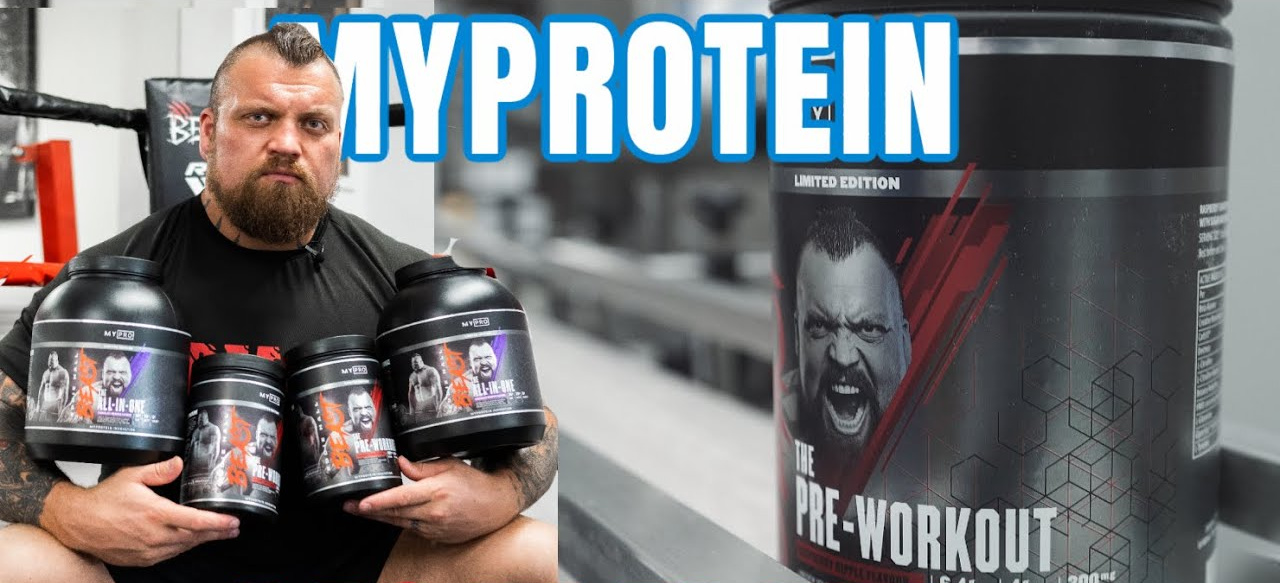

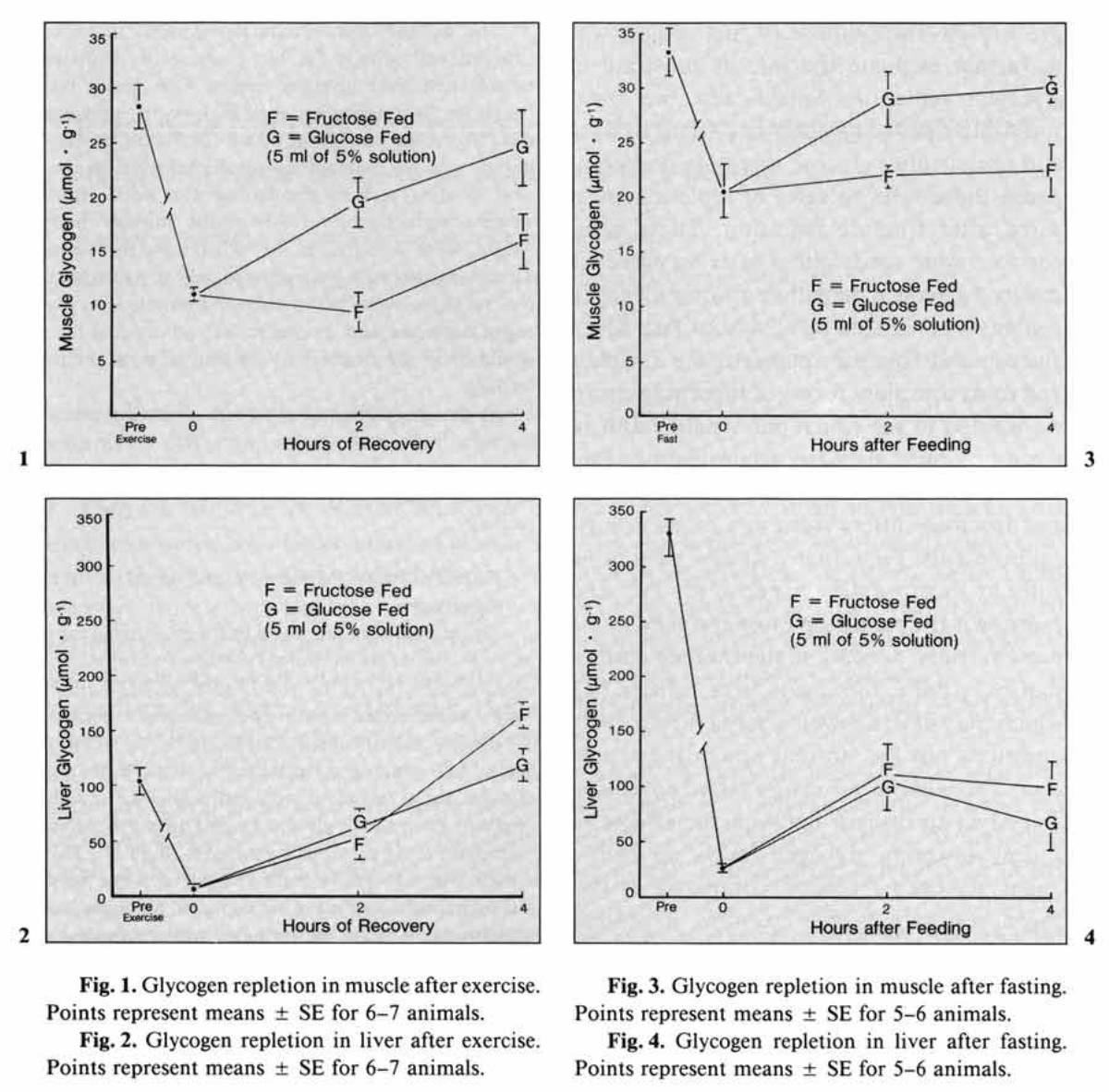

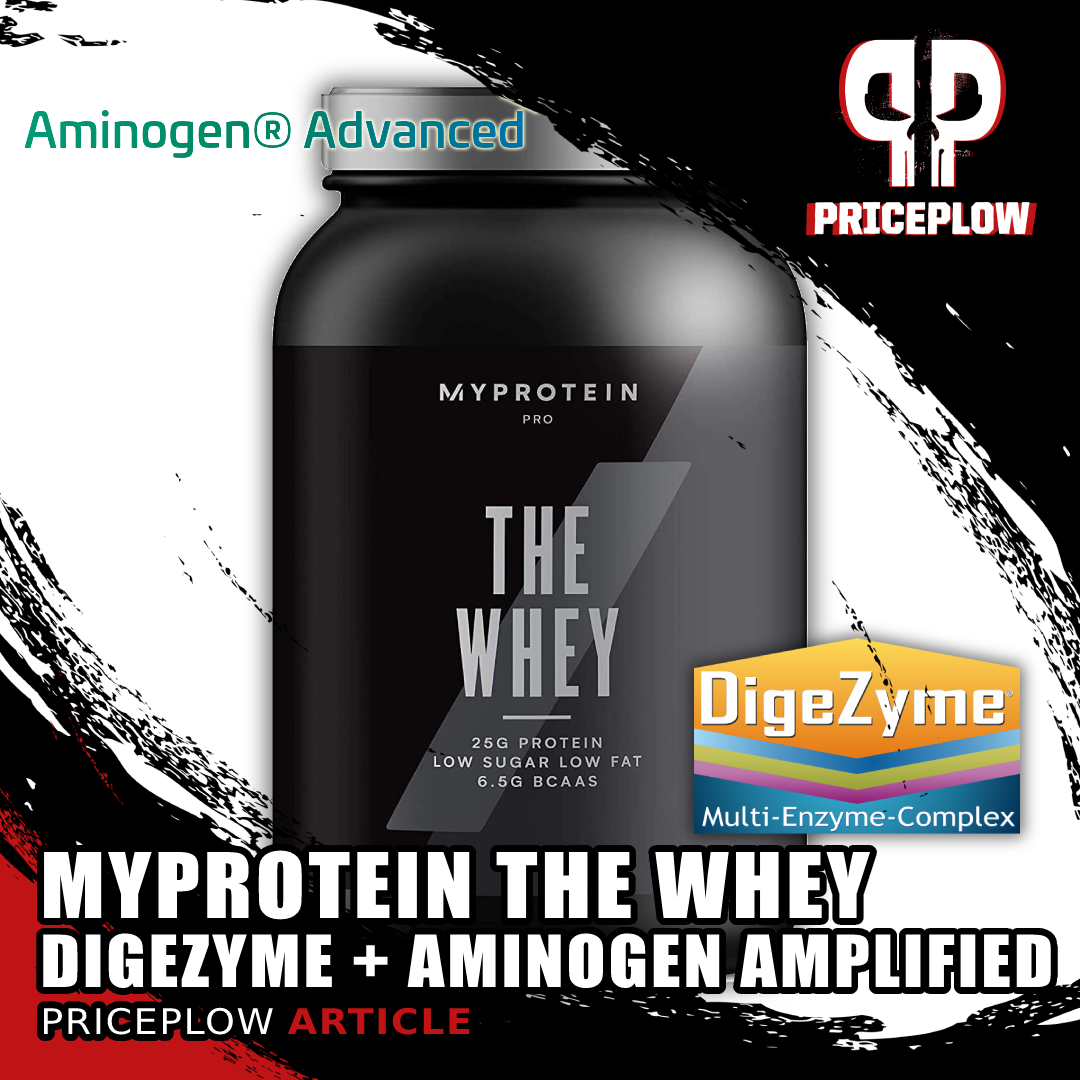
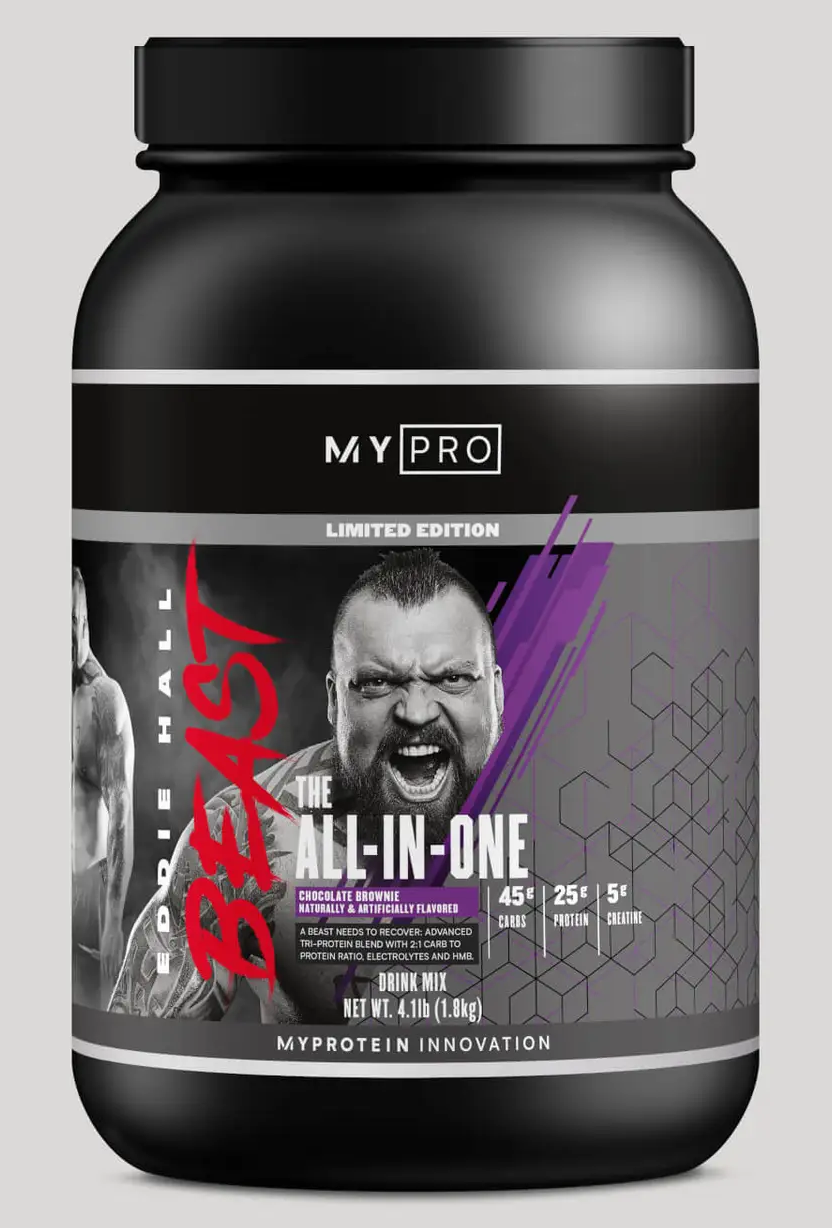


Comments and Discussion (Powered by the PricePlow Forum)